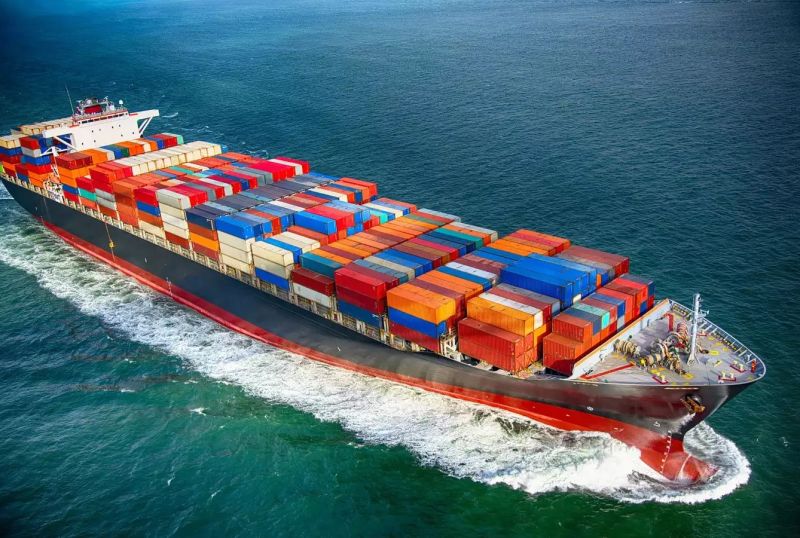AUTHOR
Jayapalan. G
Chief Officer-in-charge of Export Inspection Agency, Chennai

Introduction
Globally, there was a drive towards shift from end-product sampling and inspection to the preventative Hazard Analysis Critical Control Point (HACCP)-based safety and quality systems (FAO) during early 1980s. There is a strong evidence that the implementation of HACCP-based systems has contributed to improvement in fish safety and quality in India. There has been an increasing awareness of the importance of an integrated, multidisciplinary approach to food safety and quality throughout the entire food chain.
India adopts the farm to fork approach that is based on the supply of safe, healthy and nutritious food from production, processing, trade and consumption. Policies and regulatory environment at the national level with clear rules and standards; and establishment of an appropriate food control system is required for implementation of such an approach. In fisheries, there are five broadly defined key elements such as a) Fish safety and quality b) Traceability c) Harmonized standards d) Equivalence in food safety system and e) Prevention at source.
India has an overarching food control system where Export Inspection Council (EIC), a statutory body under the Ministry of Commerce and Industry, Govt. of India formed under Export (Quality Control & Inspection) Act of parliament, 1963; is entrusted to ensure sound development of India’s export trade through quality control and inspection for notified commodities which includes fish and fishery products. The Export Inspection Agencies (EIA) located at Kochi, Mumbai, Kolkata, Chennai and Delhi are its field offices that undertake activities of quality control and inspection.
Overarching standards
The principles of achieving harmonization of standards and equivalency in food control systems and the use of scientifically-based standards are embodied in two binding agreements of WTO: The Sanitary and Phytosanitary (SPS) and Technical Barriers to Trade (TBT) agreements. The SPS agreement confirms the right of WTO member countries to apply measures necessary to protect human, animal and plant life and health. The objective of the TBT Agreement is to prevent the use of national or regional technical requirements, or standards in general, as unjustified technical barriers to trade.
In Indian fishery sector, the marine production consists of capture fisheries based along India’s 8,129 km coastline, which encompasses an Exclusive Economic Zone (EEZ) of 2.02 million km2. As a relatively “high-risk” food, fish and fishery products are subject to a range of food safety requirements related to general hygiene and specific microbiological and chemical residues and contaminants. These requirements can be subject to change over time in response to emerging problems, advances in scientific knowledge, consumer concerns, dynamicity of standards/regulations and political pressures. Export supply chain for marine fish and fishery products in India including fin fish, crustaceans (shrimp), and cephalopods (squid, cuttlefish, and octopus).
For More>>

